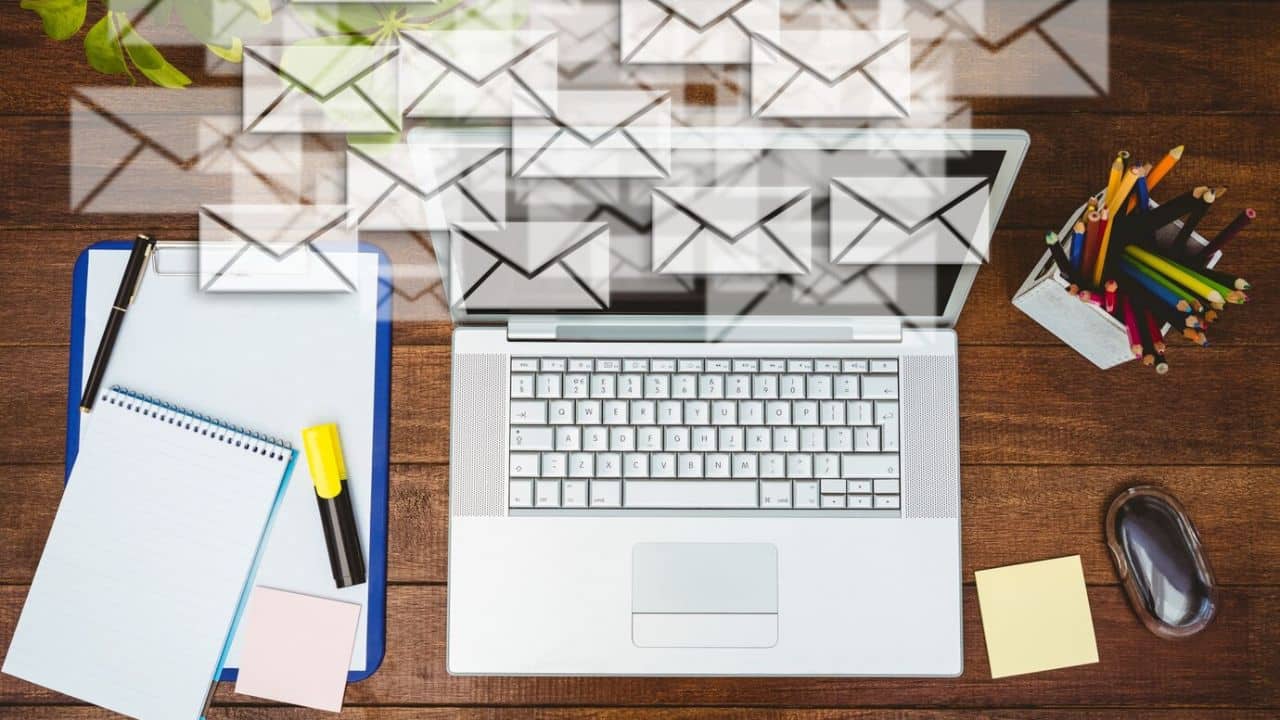In today’s fast-paced business environment, email remains the primary mode of professional communication. Yet, many professionals struggle with crafting emails that are both concise and effective. The ability to write clear, professional emails isn’t just a nice-to-have skill—it’s essential for career success and workplace efficiency.
Whether you’re communicating with colleagues, clients, or supervisors, mastering the art of email writing can significantly impact your professional image and productivity.
The Power of a Strong Subject Line
Your email’s subject line serves as the first impression and determines whether recipients will open your message promptly or let it languish in their inbox. Create specific, action-oriented subject lines that clearly convey the email’s purpose.
Instead of vague subjects like “Meeting” or “Update,” opt for descriptive ones such as “Marketing Strategy Meeting Notes – Action Items Due Dec 24″ or “Q4 Sales Report Review Request.” This clarity helps recipients prioritize their responses and locate messages later.
Structure Your Message for Maximum Impact
The most effective business emails follow a clear, logical structure. Begin with a brief greeting appropriate to your relationship with the recipient. Follow with a concise opening paragraph that states your purpose immediately.
For complex topics, use short paragraphs with clear transitions to guide readers through your message. Remember to maintain adequate white space—dense blocks of text can overwhelm readers and obscure your main points.
Keep It Concise Without Sacrificing Clarity
Brevity is crucial in professional email communication, but not at the expense of clarity. Focus on one main topic per email and eliminate unnecessary words and phrases. Instead of writing “I just wanted to touch base with you regarding the matter we discussed,” simply say “Following up on our discussion about…” Before sending, proofread your message carefully and look for opportunities to tighten your language while maintaining a professional tone.
Master the Art of Professional Tone
Finding the right tone can be challenging in written communication where facial expressions and vocal inflections are absent. Maintain a professional yet approachable tone by using clear, straightforward language.
Avoid excessive formality that can make you sound stiff, but also steer clear of overly casual language or slang. When in doubt, err on the side of slightly more formal language, especially in initial communications or messages to senior colleagues.
Use Formatting to Enhance Readability
Strategic formatting can make your emails more scannable and professional. Use bullet points or numbered lists for multiple items or steps, but keep them brief and parallel in structure. Bold important deadlines or key actions, but use this formatting sparingly to maintain its impact.
Leave adequate spacing between paragraphs and ensure your font choice and size remain professional and easily readable.
Perfect Your Email Signature
Your email signature is a digital business card that should provide essential contact information without being cluttered. Include your full name, title, company, phone number, and any relevant social media profiles or website links.
Keep the design clean and professional, avoiding elaborate fonts or unnecessary graphics that might appear unprofessional or create formatting issues across different email clients.
Time Your Emails Strategically
Consider both when you send emails and when you expect responses. Unless truly urgent, avoid sending emails outside of business hours as this can create an expectation of 24/7 availability.
When requesting information or action, clearly state deadlines and give recipients reasonable time to respond. This thoughtful approach to timing demonstrates professionalism and respect for others’ time.
Conclusion
Mastering professional email communication is an ongoing process that requires attention to detail and regular refinement of your skills. By implementing these strategies, you can significantly improve the effectiveness of your workplace communications.
With practice and attention to these principles, you’ll find yourself writing more effective emails that achieve their intended purpose while maintaining professional standards.





































